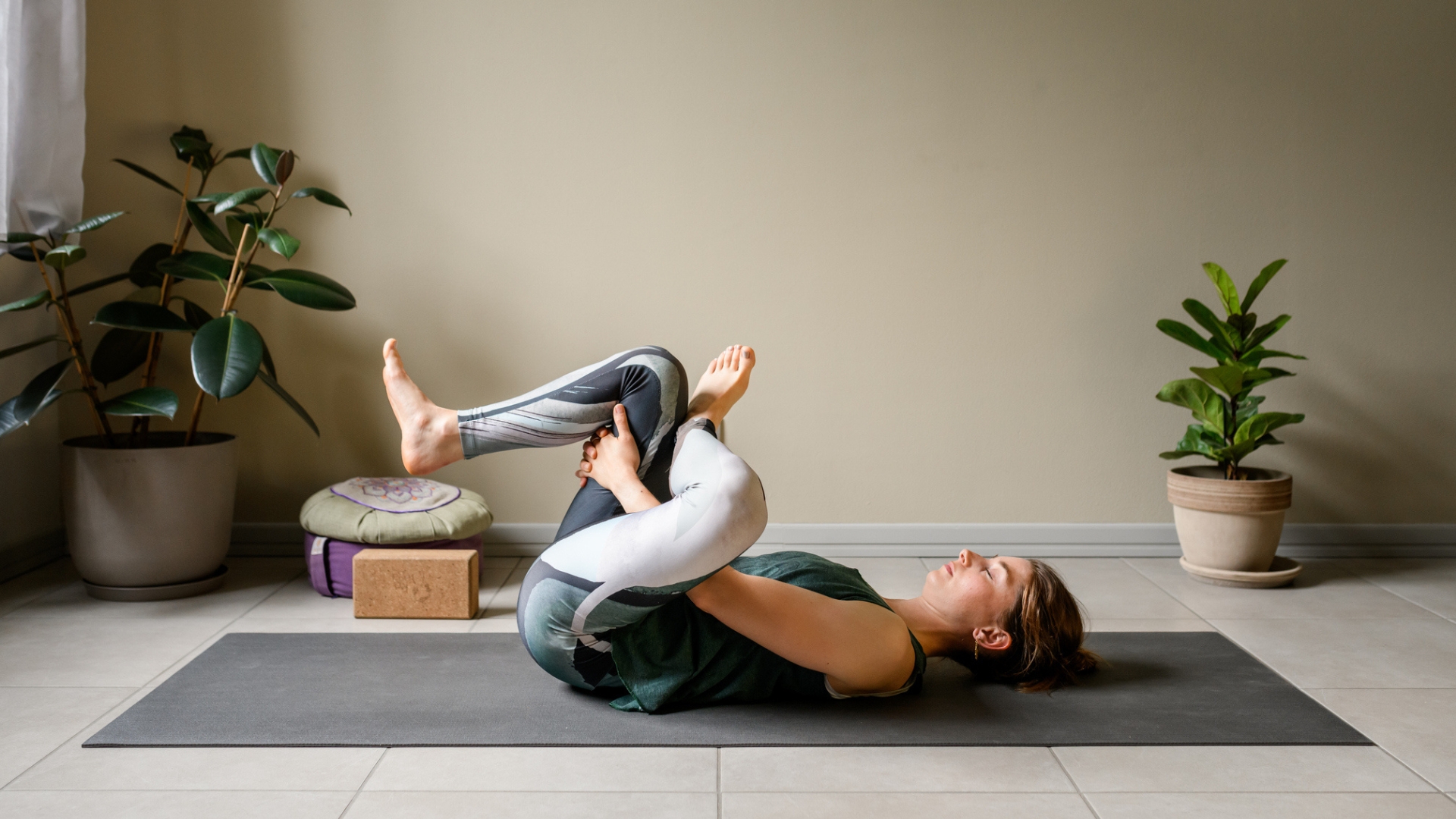
If you spend most of your day sitting down or hunched over a screen, you may find that your hips and lower back are stiff. That’s because prolonged sitting and poor posture can lead to muscle imbalances, stiffness and strain.
Adjusting your posture and taking regular screen breaks can help, but daily stretching can also keep tightness and tension at bay.
Physical therapist Jared Beckstrand has shared a five-move stretching routine that can relieve tension in your back and hips. It only takes seven minutes and doesn't require any equipment, although you may find it more comfortable to perform the moves on a yoga mat.
How to do the seven-minute routine
The five moves Beckstrand demonstrates are:
- Lumbar rotation stretch
- Piriformis stretch
- Alternating hip rotation stretch
- Hip flexor and extensor stretch
- Cat/camel stretch
Beckstrand says this routine is "quick, it’s simple and it’s incredibly effective." He also explains that stretching should be very comfortable.
"If it’s painful, you have pushed a little bit too far," he adds.
How often should you stretch and why?
Ideally, we should be stretching every day, says fitness trainer and co-founder of 432 Fitness Liam Grimley.
"Think: morning yoga or movement upon waking," says Grimley. "Nothing too torturous, just multi-joint stretching and movement through range to get you ready for the day ahead."
Grimley explains that regular stretching helps to undo tightness accumulated by too much sitting or slouching. It can also help relieve exercise-induced tightness, he says.
"When muscles contract [to create movement] millions of tiny muscle fibers overlap to create shortening or contraction. Sometimes the muscles don’t return to their fully elongated state so the muscle can become short or tight. Adaptive shortening or tightness comes from repeating or spending time in shortened positions," he says.
Adaptive tightness can also occur from spending long periods sitting at a desk with your knees bent, which causes your hamstrings to tighten.
"The body tends to adapt towards the things you do repeatedly," says Grimley. "So, we can benefit from repeatedly lengthening the muscles to counteract this."







